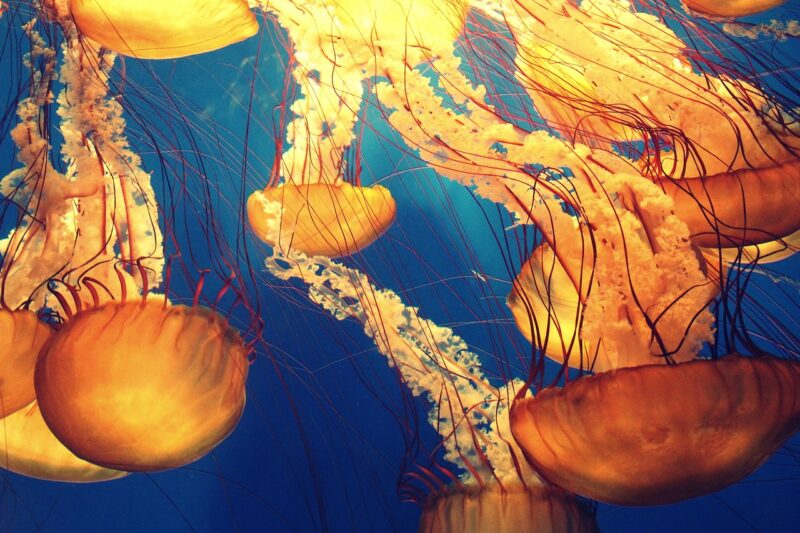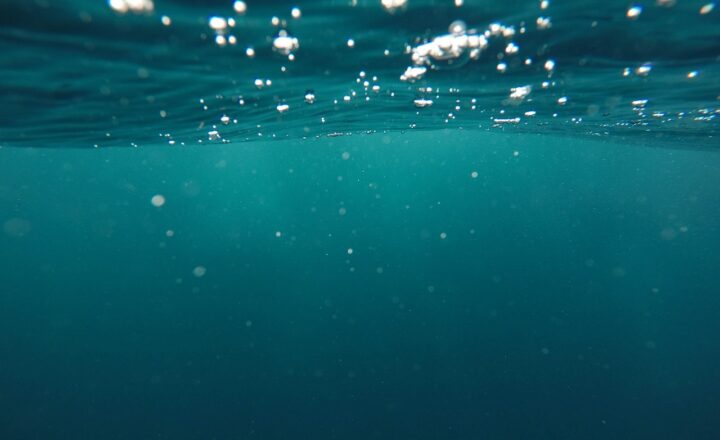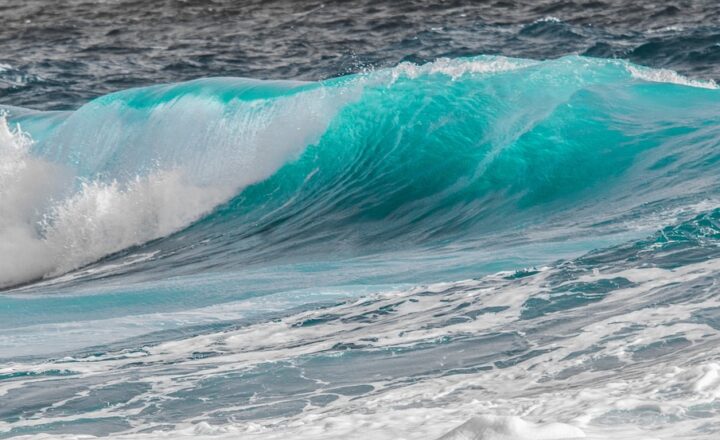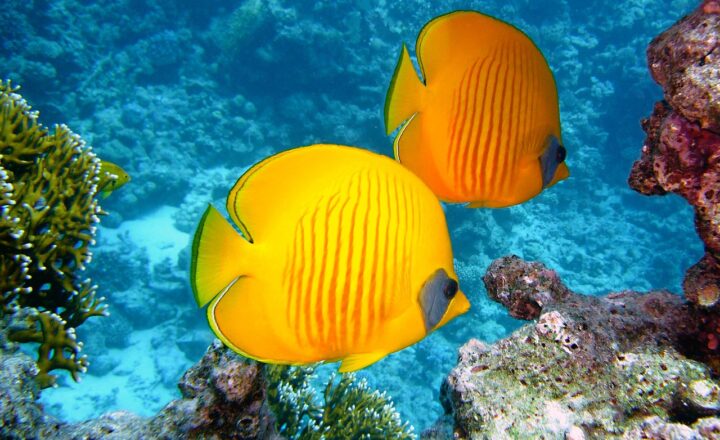The Wonders of the Deep Sea: Exploring Creatures That Thrive in Extreme Darkness
November 14, 2024

The deep sea, often referred to as the last frontier of Earth, is a realm that captivates the imagination with its darkness, mystery, and astonishing diversity of life. Covering about 95% of the ocean’s total volume and extending beyond 1,000 meters (3,280 feet), this underwater world is isolated from the sunlight, creating an environment that challenges our understanding of life itself.
To thrive in such extreme conditions, organisms have evolved fascinating adaptations to survive the crushing pressures, frigid temperatures, and lack of light.
1. The Beauty of Bioluminescence
One of the most striking adaptations seen in deep-sea creatures is bioluminescence – the ability to produce light through biochemical reactions. This phenomenon is widespread among a variety of species, including:
- Anglerfish: Equipped with a bioluminescent lure at the end of a long stalk protruding from its head, the anglerfish attracts unsuspecting prey in the darkness of the ocean depths.
- Lanternfish: These small fish are abundant in the deep sea and use bioluminescence for communication, camouflage, and attracting prey. Their light organs help them blend into the dim light above when viewed from below.
- Jellyfish: Many species of jellyfish emit a mesmerizing glow through bioluminescence, which serves as a defense mechanism against predators or as a way to lure prey closer.
Bioluminescence is thought to play various roles, from deterring predators to facilitating reproduction, showcasing the incredible adaptations that life has developed in the abyss.
2. Adaptations to Extreme Conditions
The deep sea presents a host of challenges: immense pressure, cold temperatures, and continuous darkness. The creatures that call this environment home have evolved remarkable adaptations to cope with these conditions:
- Pressure Resistance: Deep-sea organisms possess unique cellular structures that allow them to withstand the intense pressure found at great depths, often exceeding 1,000 atmospheres. Their cells have flexible membranes and specialized proteins that maintain functionality despite the pressure.
- Slow Metabolism: Many deep-sea creatures have a slow metabolism, which helps them conserve energy in an environment where food is scarce. This slower rate of growth and reproduction is crucial for survival in such a challenging ecosystem.
- Thermal Adaptation: Deeper parts of the ocean can be incredibly cold, typically ranging from 2 to 4 degrees Celsius (36 to 39 degrees Fahrenheit). Some organisms, like certain species of fish and cephalopods, have adapted by producing antifreeze proteins and other biochemical strategies that protect them from freezing.
These adaptations highlight the ingenuity of evolution and illustrate how life can persist even in the harshest of environments.
3. Incredible Life Forms of the Deep Sea
The deep sea is teeming with extraordinary life forms, many of which remain undiscovered or unexplored. Some remarkable examples include:
- Gulper Eel: Known for its enormous mouth and expandable stomach, the gulper eel can swallow prey larger than itself. Its bioluminescent lure aids in attracting prey in the dark.
- Giant Squid: Once thought to be a myth, the giant squid can grow up to 13 meters (43 feet) long, with large eyes to detect faint light and a streamlined body for swift movement in the ocean depths.
- Deep-Sea Anglerfish: These fish not only use their bioluminescent lure to attract prey but also exhibit sexual dimorphism, where females are much larger than males. Males are often reduced to tiny parasites that fuse with the females for reproduction.
These fantastic creatures highlight the adaptability and diversity of life beyond our sunlit world, revealing fascinating biological and ecological processes working in unison below the surface.
4. Discovering the Deep Sea: The Importance of Exploration
Despite covering such a vast area of our planet, the deep sea remains one of the least explored environments on Earth. Recent advancements in technology, including remotely operated vehicles (ROVs) and submersibles, have opened up new avenues for exploration, providing valuable insights into this enigmatic ecosystem.
Understanding the deep sea is crucial for several reasons:
- Biodiversity Loss: The deep sea harbors unique ecosystems that are vulnerable to human activities, such as deep-sea mining, bottom trawling, and climate change. Assessing these impacts is necessary for conservation efforts.
- Biomedical Discoveries: Many deep-sea organisms produce compounds with potential applications in medicine, through advancements in pharmaceuticals, cancer research, and biotechnology.
- Climate Regulation: The deep sea plays a role in regulating the Earth’s climate by sequestering carbon. Researching these processes could enhance our understanding of climate change and inform mitigation strategies.
Continued exploration and research in the deep sea are essential for safeguarding its ecological integrity and recognizing its significance in global biodiversity and sustainability.
5. The Challenges Ahead: Protecting the Deep Sea
As scientists and explorers unveil the wonders of the deep sea, increasing threats in the form of pollution, overfishing, and habitat destruction jeopardize this fragile ecosystem. Effective conservation strategies must be implemented to protect deep-sea habitats and its unique inhabitants:
- Establishing Marine Protected Areas (MPAs): Designating critical habitats as MPAs can promote biodiversity conservation and regulate human activities that lead to environmental degradation.
- Advocating for Sustainable Practices: Promoting sustainable fishing practices and responsible resource extraction can help minimize human impacts on deep-sea ecosystems.
- Encouraging Research and Awareness: Fostering public interest and investment in deep-sea research can lead to increased understanding and conservation efforts for this vital yet vulnerable ecosystem.
A collaborative approach involving policymakers, scientists, and the public will be pivotal in ensuring the future of the magnificent creatures and habitats that reside in the vast expanses of the deep sea.
Conclusion: A World of Wonder Beneath the Waves
The deep sea remains one of Earth’s most awe-inspiring and least understood realms. From bioluminescent wonders to bizarre adaptations, it challenges our perspectives on life and resilience. As we push the boundaries of exploration and deepen our comprehension of this extraordinary environment, we come to realize that the deep sea holds secrets that could reshape our understanding of biology, ecology, and the interconnectedness of all life forms on our planet.
With continued exploration and conscientious conservation efforts, we can celebrate and protect the diverse array of life thriving in the depths of our oceans for generations to come.







